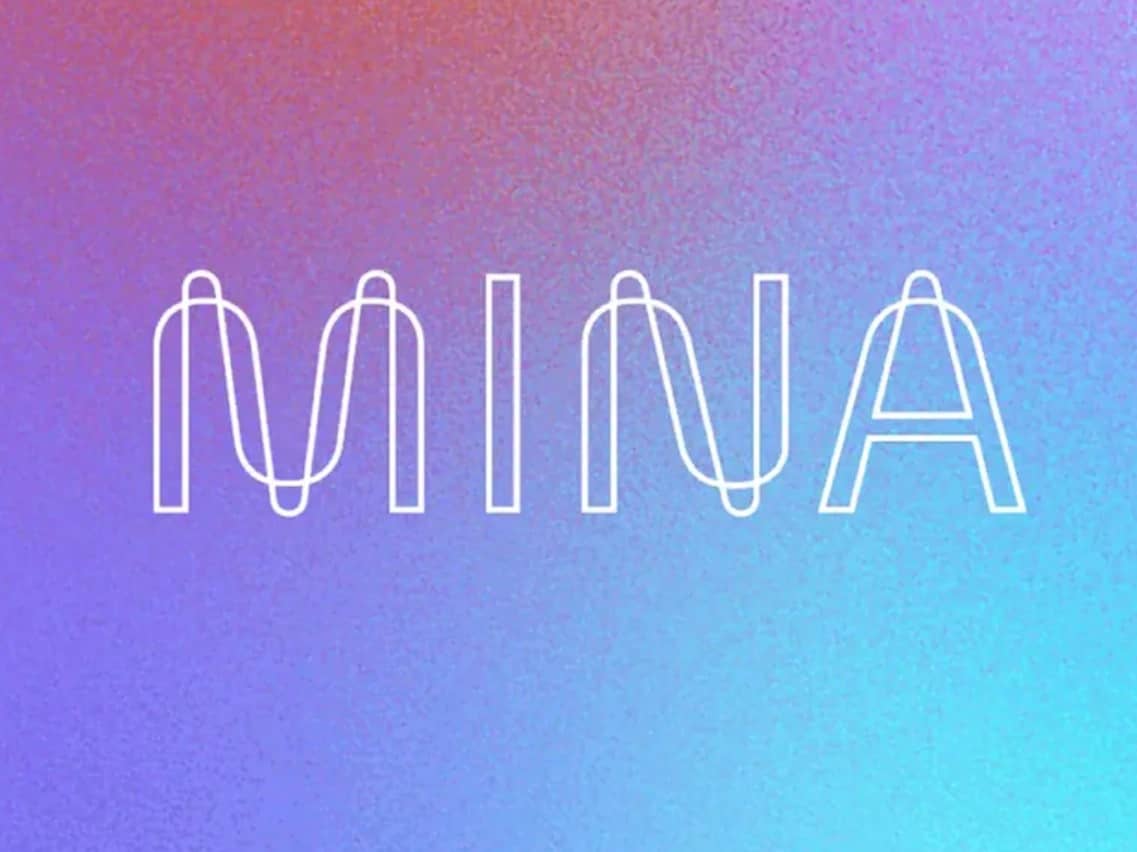위키 구독하기
Share wiki
Bookmark
Mina Protocol
Mina Protocol
미나 프로토콜(구 Coda Protocol)은 제로지식 증명("ZKP")을 기반으로 구축된 고정 크기의 L1 블록체인이며, TypeScript로 작성된 스마트 계약을 사용합니다. 22KB의 "간결한 블록체인"입니다. [1][2][3][4]
개요
미나 프로토콜은 2017년 O(1) Labs에 의해 설립되었습니다. 초기에는 Coda Protocol로 알려졌지만, R3의 Corda 블록체인과 이름이 유사하여 상표 분쟁으로 인해 2020년 9월에 Mina로 이름을 변경해야 했습니다[17]. [16][18]
미나 프로토콜은 컴퓨터 과학자 Evan Shapiro와 Izaak Meckler에 의해 만들어졌으며, 웹사이트에서 자신을 "세계에서 가장 가벼운 블록체인"이라고 설명합니다. [3]
미나는 참여자들이 지원하는 세계에서 가장 가벼운 블록체인입니다. 제로지식 증명을 사용하여 미나는 우리 모두가 마땅히 누려야 할 안전하고 민주적인 미래를 위한 인프라를 구축하고 있습니다.
2020년 10월, 미나 프로토콜은 홍콩에 본사를 둔 Bixin Ventures와 싱가포르에 본사를 둔 Three Arrows Capital이 공동 주도하는 투자 라운드에서 1,090만 달러를 조달했습니다. 미나는 2020년 4분기에 메인넷 출시될 예정이었지만, O(1) Labs CEO Evan Shapiro는 CoinDesk에 "연말에 블록체인을 출시하는 것은 결코 좋은 생각이 아니다"라고 말하며 2021년 초로 연기되었다고 밝혔습니다[14].
메인넷 출시
2021년 3월 23일, 미나는 메인넷에서 출시되었고 토큰 판매를 위해 CoinList와의 파트너십을 발표했습니다. [13]
Evan Shapiro, O(1) Labs 및 Mina Foundation의 CEO 겸 공동 설립자는 다음과 같이 말했습니다.
"미나는 경량 블록체인을 통해 사용자에게 권한을 부여하여 사용자에게 암호화폐에 대한 직접적이고 허가 없는 접근 권한을 제공하는 동시에, SNARK 기반 애플리케이션인 Snapps는 인터넷 개인 정보 보호 및 데이터 보안에 대한 새로운 가능성을 제공합니다. 경량 설계와 Snapps를 통해 미나는 실제 세계와 암호화폐를 개인적으로 연결하는 원활한 관문을 제공합니다." [13]
미나 프로토콜은 정보를 공개하지 않고도 누군가가 정보를 인증할 수 있게 하는 암호화 증명인 제로지식 간결 비상호 작용 증명 **(zk-SNARKs)**를 사용합니다. [5]
9,200만 달러 자본 조달
2022년 3월 17일, 미나 에코시스템은[21] 보조금을 통해 세계적인 개발자를 유치하기 위해 9,200만 달러를 조달했다고 발표했습니다. 9,200만 달러의 자금 조달은 FTX Venture와 Three Arrows Capital이 주도했으며, 헤지펀드 Brevan Howard(및 공동 설립자이자 억만장자인 Alan Howard), Amber Group, Blockchain.com, Circle Ventures, Finality Capital Partners, Pantera 및 5개의 미공개 Mina 후원자의 도움을 받았습니다. [22]
회사는 자본 조달로 얻은 수익금을 개발자 유치를 위한 보조금에 투자하고 Web3 내에서 미나를 최고의 제로지식 플랫폼으로 채택하는 데 사용할 것이라고 밝혔습니다. [22]
"9,200만 달러 모금에 미나 에코시스템과 세계적인 펀드와 협력하게 되어 기쁩니다. 암호화폐 업계에서 가장 존경받는 기관 중 일부로부터의 이러한 검증은 미나가 참여자들이 지원하는 동시에 Web3의 최고의 개인 정보 보호 및 엔드투엔드 보안 계층이 되도록 하는 우리의 목표를 강화합니다." - Evan Shapiro, 미나 프로토콜 CEO[21]
zkApps
zkApps("제로지식 앱")는 제로지식 증명, 특히 zk-SNARKs를 기반으로 하는 미나 프로토콜의 스마트 계약입니다. zkApps는 무제한 오프체인 실행, 블록체인에서 볼 수 없는 개인 데이터 입력에 대한 개인 정보 보호, TypeScript로 스마트 계약을 작성하는 기능 등의 특징을 제공합니다. [6]
제로지식 증명
제로지식 증명은 미나의 블록체인을 가볍게 유지하고 개인 데이터를 보호하는 개념입니다. 이를 통해 관찰하는 사람에게 정보가 유출되지 않습니다. [7]
zk-SNARKs
Zk-SNARKs는 **"제로지식 간결 비상호 작용 증명"**의 약자이며, 개인 키와 같은 정보의 소유를 증명할 수 있지만 해당 정보를 공개하지 않고, 증명자와 검증자 간의 상호 작용 없이 사용자의 개인 정보를 보호하는 제로지식 암호화의 한 형태입니다. [8]
미나 합의 메커니즘
미나 프로토콜은 Ouroboros Samasika라는 지분 증명 합의 메커니즘을 사용합니다. 이 합의 메커니즘은 생성 블록으로부터 부트스트래핑을 제공하기 때문에 간결한 분산 네트워크에 특별히 설계되었습니다. [7][9]
간결한 블록체인에는 검증과 업데이트라는 두 가지 주요 기능이 있습니다. 검증은 합의, 블록체인 요약 및 블록에 관여하는 반면, 업데이트 기능은 합의 및 체인 요약과 상호 작용합니다. [4]
이 프로젝트는 또한 증명되지 않은 블록을 그룹화하고 병렬 증명자에게 프로세스를 할당하여 트랜잭션 처리 속도를 최적화하는 병렬 스캔 상태를 사용합니다. [4]
잘못된 내용이 있나요?
